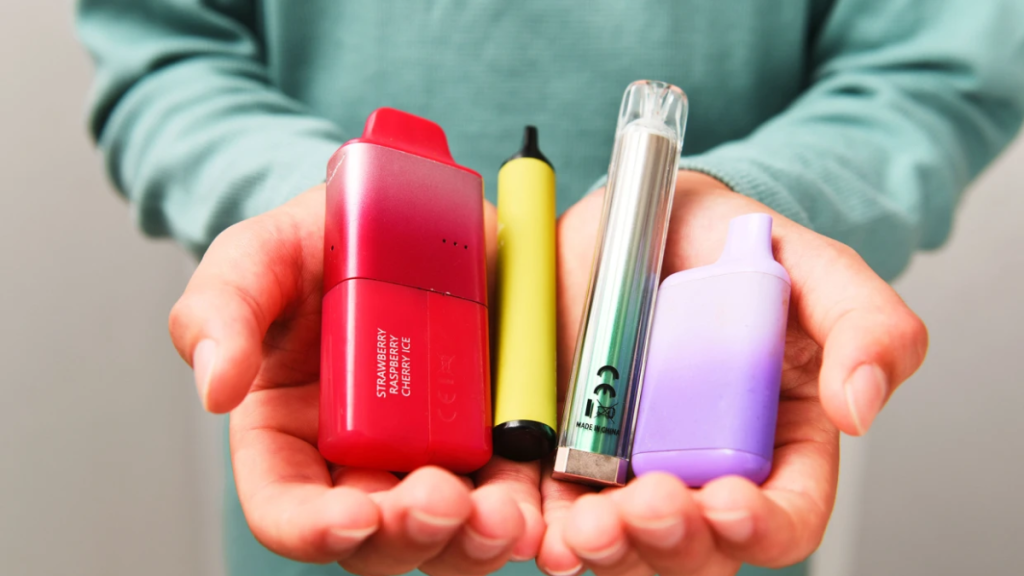In a landmark decision, the U.S. Supreme Court has unanimously upheld the Food and Drug Administration’s (FDA) ban on flavored e-cigarettes, commonly known as vapes. The decision marks a significant victory for public health advocates who have long argued that flavored vaping products pose a serious risk to the health of young people.
This ruling will have far-reaching consequences for the vaping industry, as well as for consumers who rely on these products.
What Led to the Supreme Court’s Decision?
The case came before the Supreme Court after the FDA had imposed a ban on flavored vaping products in an effort to reduce the rising number of young people using e-cigarettes. Flavored e-cigarettes, particularly those with fruity or candy-like flavors, have been widely marketed to teens, fueling an epidemic of nicotine addiction among this demographic.
In 2020, the FDA announced a move to block the sale of these products unless manufacturers could provide scientific evidence that their products were beneficial to public health.
The decision to ban flavored e-cigarettes was met with pushback from several vape companies, which argued that their products were intended for adult smokers looking for alternatives to traditional tobacco products. They also challenged the FDA’s authority to enact such a sweeping ban without sufficient evidence or a comprehensive review process.
However, after years of legal battles, the Supreme Court’s ruling firmly supported the FDA’s stance, reaffirming the agency’s authority to regulate the e-cigarette market and protect public health. This decision comes as part of a broader effort to reduce smoking rates and protect vulnerable populations, particularly minors.
Why Flavored Vapes Are Under Scrutiny
Flavored e-cigarettes have come under scrutiny due to their popularity among young people. Studies have shown that teenagers and young adults are more likely to use e-cigarettes with sweet or fruity flavors, which mask the harsh taste of nicotine and make the products more appealing.
According to the Centers for Disease Control and Prevention (CDC), more than 3.6 million middle and high school students reported using e-cigarettes in 2020, a significant portion of which were flavored products.
The health risks associated with e-cigarettes, particularly flavored ones, have raised concerns among public health officials. While vaping is generally considered less harmful than smoking traditional cigarettes, it is not without risks.
E-cigarette use has been linked to lung injuries and other respiratory issues, and there are growing concerns about the long-term health effects of inhaling nicotine and other chemicals found in e-cigarette vapor.
Impact on the Vaping Industry
The Supreme Court’s ruling is a major setback for the vaping industry, which has invested heavily in flavored products. The decision could lead to a significant reduction in sales for many companies, especially those that rely on flavored e-cigarettes to attract customers.
Industry experts predict that this could cause a major shift in the market, with more emphasis on tobacco-flavored products or nicotine alternatives that are less appealing to younger audiences.
However, some companies in the vaping industry argue that the ban will push consumers back to traditional cigarettes, which they believe are far more harmful than e-cigarettes.
They argue that flavored e-cigarettes help adult smokers quit smoking, offering them a less harmful alternative to tobacco products. This debate highlights the tension between public health goals and the interests of the vaping industry.

Public Health Implications of the Supreme Court Ruling
Public health experts are hailing the Supreme Court’s decision as a crucial step in the fight against youth vaping and nicotine addiction. By upholding the FDA’s ban on flavored e-cigarettes, the Court is sending a strong message that the health and safety of young people should take precedence over the interests of the vaping industry.
Public health officials hope that this ruling will lead to a decrease in the number of young people using e-cigarettes and, ultimately, help reduce nicotine addiction across the country.
For parents and educators, the ruling provides some reassurance that the government is taking action to protect children and adolescents from the dangers of vaping. In the past few years, concerns about vaping-related lung injuries and the rise of e-cigarette use among teenagers have sparked calls for more stringent regulations.
What’s Next for the Vaping Industry and Consumers?
While the Supreme Court ruling is a major blow to the vaping industry, it does not mark the end of the legal battle over flavored e-cigarettes. Many vape manufacturers are expected to continue lobbying for more lenient regulations and may explore other avenues to sell flavored products in the future.
Additionally, there is ongoing debate about whether other forms of nicotine delivery, such as smokeless tobacco products, will be subject to similar restrictions.
For consumers, the ruling may make it more difficult to access flavored e-cigarettes, but it could also lead to the development of new alternatives. Some manufacturers may pivot to offering nicotine-free products or non-flavored options to cater to adult smokers looking for alternatives to traditional cigarettes.
Conclusion
The Supreme Court’s unanimous decision to uphold the FDA’s ban on flavored e-cigarettes represents a significant victory for public health advocates and a setback for the vaping industry. The ruling underscores the government’s commitment to protecting young people from the dangers of nicotine addiction while ensuring that adult smokers have access to safer alternatives.
As the dust settles, it will be important to monitor the long-term effects of this ruling on both the vaping market and public health outcomes.
For more information on the latest regulatory developments regarding e-cigarettes, visit The U.S. Food and Drug Administration.
Disclaimer – Our team has carefully fact-checked this article to make sure it’s accurate and free from any misinformation. We’re dedicated to keeping our content honest and reliable for our readers.
